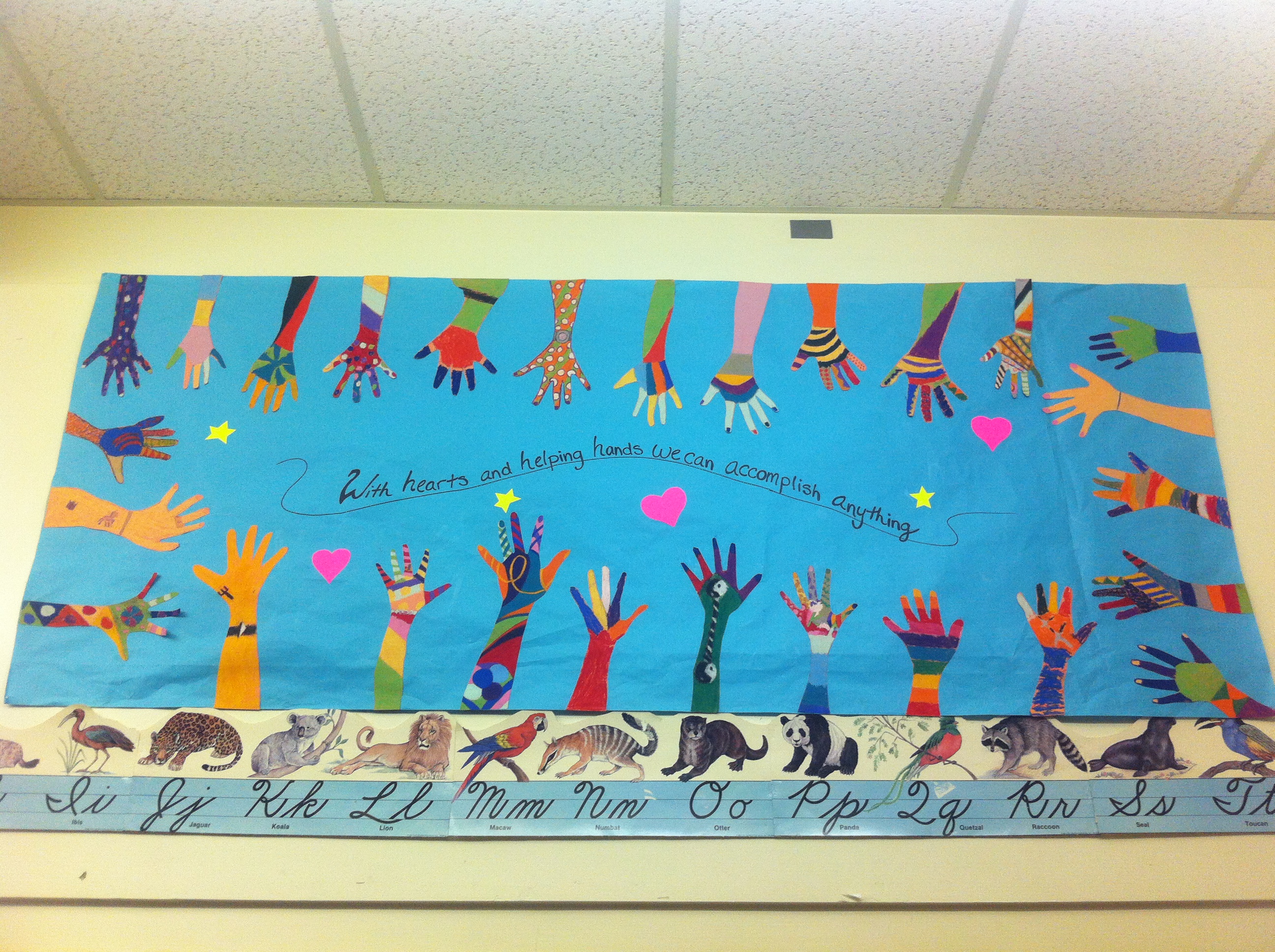I believe that this standard is at the heart of all education. Educators have the responsibility to promote the overall development of the students – intellectual, emotional, social, physical, esthetic and vocational. In order for students to reach their potential in all areas, educators need to establish a safe and positive learning environment. This can only happen when a teacher establishes an environment of mutual respect and acceptance – a classroom community where all students feel like they belong and are “understood.” I feel that an important part of this is taking the time to get to know each student. This involves more than knowing about their learning strengths and weaknesses, but also includes knowing about their interests, talents, wishes, fears, family composition, etc. This knowledge is critical; not only for planning meaningful learning experiences, but for connecting with the students and showing that you value and care about them. Every student deserves to be recognized, valued and educated according to their individual needs.
Since my practicum coincided with the beginning of the school year, my School Advisors (SAs) and I were all getting to know the students at the same time. Art projects can provide effective opportunities for learning about the students so we decided to use projects such as the “About Me” T-Shirts and Self-Portrait Silhouettes as ways for the students to share information about themselves. The concept of community, and working together, was illustrated with a bulletin display of “hearts and helping hands.”
Throughout my course work, I recognized the importance of being sensitive to aspects of a student’s life that the student may not be comfortable sharing or wanting to become public information. Examples could involve family poverty, unemployment, parental separations, divorce, etc. It is important for teachers to be aware of these situations because all can significantly affect a student’s achievement and adjustment to school. While in the Problem Based Learning cohort at UBC, I found that the completion of the Case 6 Resource Package – Poverty and Inner City Schools (coauthored with Theresa Kranabetter) was very worthwhile with regard to these issues. Not only did our research emphasize the significance of socioeconomic level on academic achievement, but showed that the incidence of poverty in BC is the 2nd highest in the country. It is important to be aware that these family and home issues can exist in any community. A teacher must be sensitive to the needs of the students and be ready to respond appropriately. By doing so, the educator can reduce the impact of issues that can potentially interfere with, or limit, a student’s learning and enjoyment of school. Of course, using discretion and maintaining confidentiality is of utmost importance to the student and family involved.

